- 2018 Diabetes Canada Clinical Practice Guidelines Expert Committee: Dyslipidemia.
- 2017 Dyslipidemia: Current Therapies and Guidelines for Treatment.
- 2017 American Association of Clinical Endocrinologists and American College of Endocrinology Guidelines for Management of Dyslipidemia and Prevention of Cardiovascular Disease.
Latest Updates

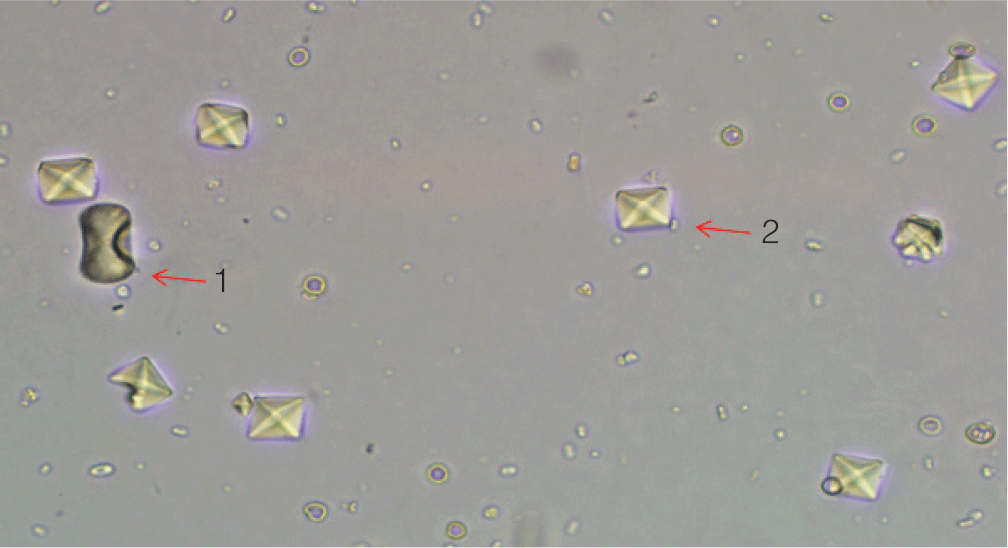
Pathophysiology and Treatment of Hyperoxaluria
- Enteric hyperoxaluria is common after bariatric surgery and is associated with an increased risk of kidney stones and chronic kidney disease.
- Genetic testing is the preferred method to screen hyperoxaluric or hyperoxalemic patients for primary hyperoxaluria.
- Kidney liver transplantation remains the preferred treatment for primary hyperoxaluria type 1 patients that develop end-stage kidney disease; however, techniques to suppress hepatic enzymes in oxalate pathways have shown promise in experimental models.
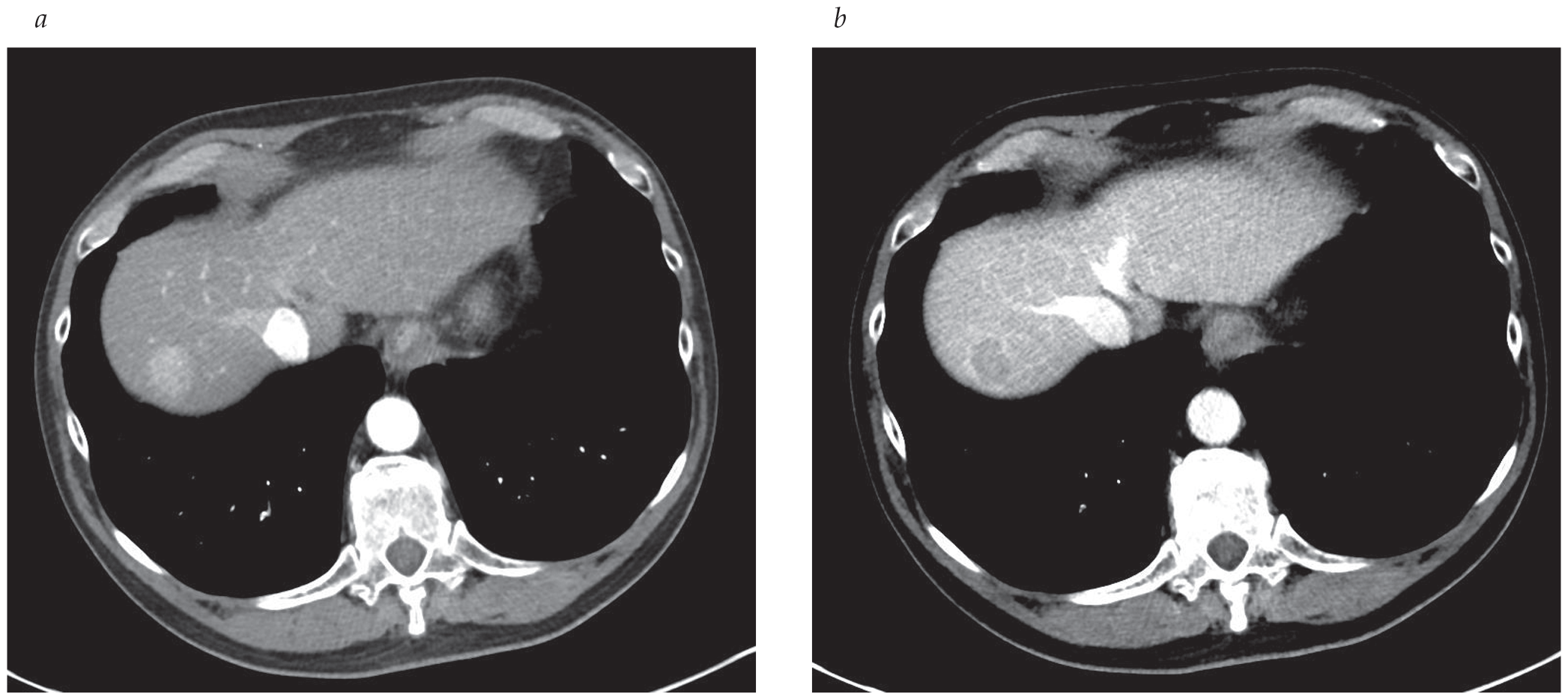
- The Liver Imaging Reporting and Data System for hepatocellular carcinoma (HCC) provides a standardized reporting mechanism for imaging findings and correlation with suspicion for HCC.
- Portal vein embolization is being increasingly used for functional future liver remnant volume, with less than 40% in patients undergoing major hepatic resection.
- Advances in locoregional liver therapy provide additional treatment options for unresectable liver malignancies.
- Lutetium-177(177Lu)-dotatate is the first peptide receptor radionuclide therapy FDA-approved for neuroendocrine tumors.
- Molecular profiling is being increasingly used to guide treatment of hepatic adenomas.
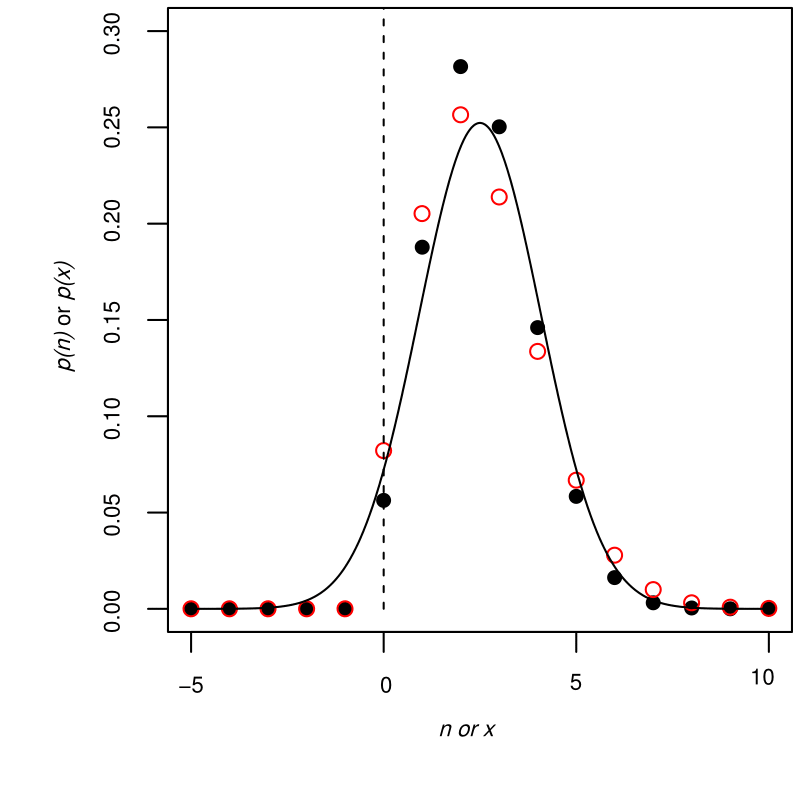
Mathematics and Statistics in Anesthesiology
- Replication crisis: There is increasing evidence that the standard p value threshold of .05 = 5%, commonly used to reject a null hypothesis, is systematically too high for typical problems, such that a number of significant results, in medicine and psychology among others, cannot be replicated. A prominently suggested remedy is to decrease the threshold for rejection to .01 or even .001.
- P values: The use of p values to perform hypothesis tests has been a standard statistical technique for decades but has increasingly been called into question. There are a number of reasons for this, including the fact that, for common distributions, the p value is lower than the appropriate Bayesian posterior probability for the null hypothesis.
%20(3).jpg)
Nerve Sheath Tumors: Malignant peripheral nerve sheath tumors, Schwannomas, and Neurofibromas
- Oncogenic signatures responsible for the transformation MPNST include activation of the STAT3/HIF, catenin/Wnt and RHO/ROCK pathways.
- MPNSTs often harbor recurrent inactivation of polycomb repressive complex 2 from somatic mutation of EED and/or SUZ12.
- Genetic analysis revealed germline mutations in SMARCB1 in approximately 50% of individuals affected by familial schwannomatosis.
- Germline mutations in LZTR1 were identified in about 80% of schwannomatosis cases lacking mutations in SMARCB1.
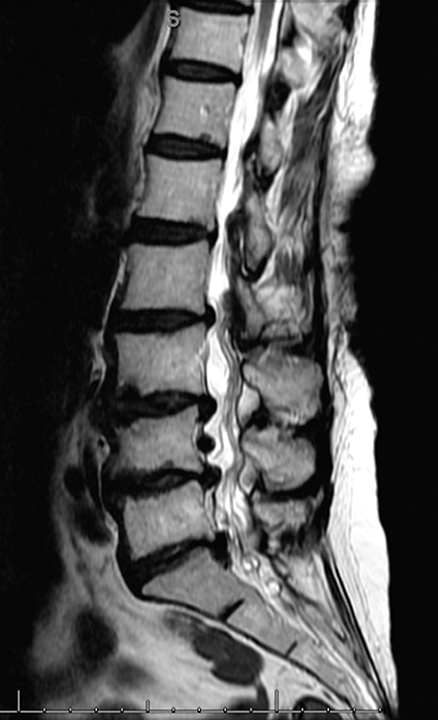
Back Pain and Common Musculoskeletal Problems
- 2018 AAFP Key Recommendations for Heel Pain
- 2017 AAFP Practice Guidelines – Low Back Pain: Noninvasive Management
- 2015 AAFP Key Recommendations for Corticosteroid Injections – Common Musculoskeletal Conditions

Back Pain and Common Musculoskeletal Problems
- 2018 AAFP Key Recommendations for Heel Pain
- 2017 AAFP Practice Guidelines – Low Back Pain: Noninvasive Management
- 2015 AAFP Key Recommendations for Corticosteroid Injections – Common Musculoskeletal Conditions
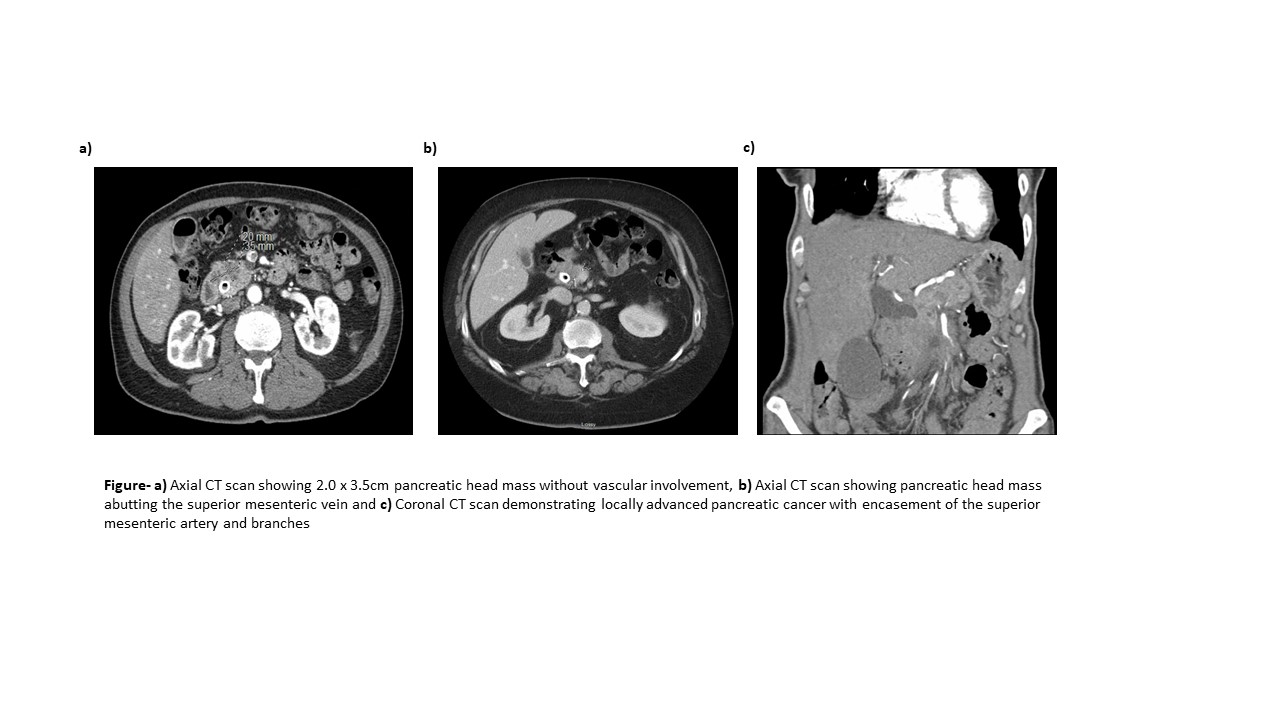


.png)







